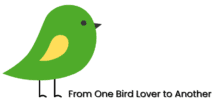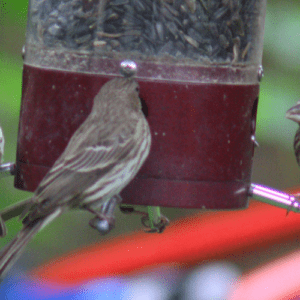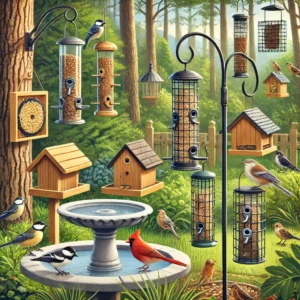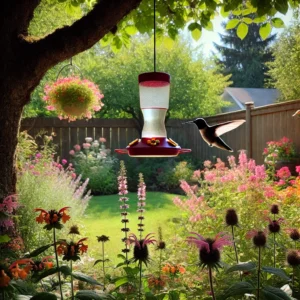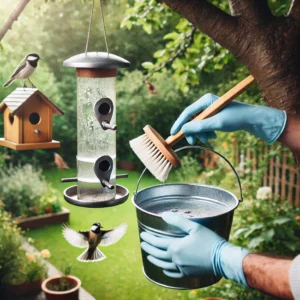Want to bring a bit of nature to your yard? Curious how to hang a bird feeder? Setting up a bird feeder is a way to attract birds and help out the local bird community! Just putting it up anywhere won’t guarantee visits, from your feathered buddies. You need to pick the spot for it and use the materials while being consistent with upkeep to make sure your bird feeder becomes a popular hangout, for our feathered friends.
Selecting the Right Bird Feeder for Your Yard
Before you hang your bird feeder, it’s important to select the right bird feeder that matches your surroundings and the specific types of birds you wish to attract.
Tube feeders work well for birds, like finches and sparrows keeping the seeds dry and accommodating birds at once. However, they do need cleaning to maintain hygiene.

Hopper feeders can hold seeds and are ideal for larger birds such as cardinals and grosbeaks. These feeders provide shelter, for the food helping it stay longer.
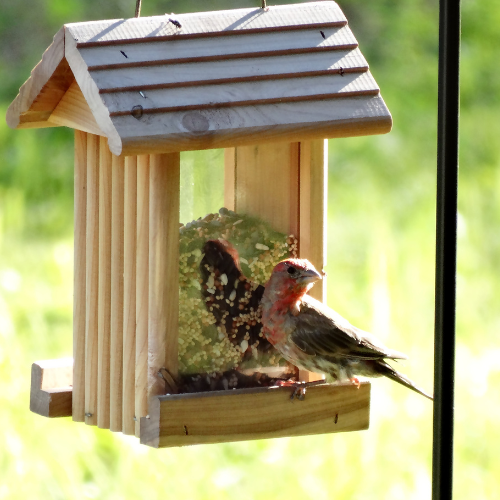
Platform feeders are the right choice if you have ground-dwelling birds visiting your garden often for food. Keep in mind that you may need to put in effort for upkeep since platform feeders can leave the food vulnerable, to weather like rain or snow.
Find out About Birds that Like Platform Feeders.

Suet feeders become quite popular among birds like woodpeckers and nuthatches during winter months. Suet is an energy boost for them important when natural food might be hard to find.
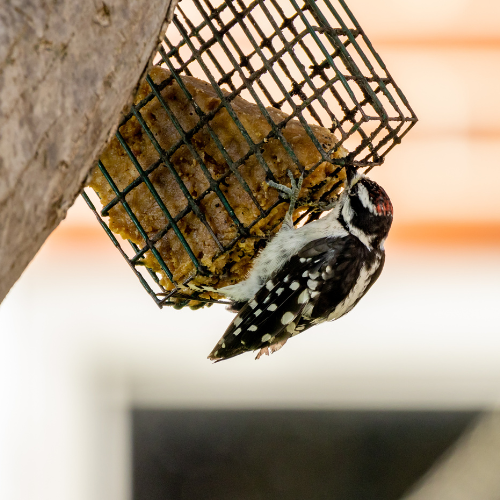
Window feeders are great If you enjoy watching birds at your window. Make sure to add some window decals to prevent collisions and keep the birds safe while enjoying the view
Selecting the Ideal Location for Your Bird Feeder
Placing your bird feeder is key for attracting birds to your feeder. Birds should feel secure and have some nearby cover for a quick escape if necessary. Ideally, place your feeder around 10 to 15 feet from trees or bushes where birds can keep an eye on predators and easily find shelter.
Placing bird feeders near bushes might attract squirrels or make it easier for cats to catch birds; therefore it’s best to position the feeder high enough, for safety but far enough to prevent predators from using it as a hunting spot.
Choosing the right height also matters. Setting up your bird feeder at a height of about 5 to 6 feet is a great balance between allowing access for birds and keeping them safe from ground predators. Choose a location that’s convenient for you to refill and maintain, but not in an area where birds might feel uneasy due, to human activity. Birds prefer tranquility. Can be easily scared away by human presence.
Read more details on Where to Place Bird Feeders.
Not sure where to hang your feeder? Our comprehensive placement guide will help.”
The Importance of Visibility
Birds depend a lot on their vision to find food sources so it’s important to position your bird feeder in a place where they can easily see it from far away. Placing the feeder in an area with sunlight makes it more noticeable for birds flying by, but also prevents the food from getting wet or moldy.
A sunny area is also a great place for bird watching since the sunlight makes their colorful feathers stand out more vividly. Ideal for drawing bird’s attention is the early morning when they’re most active.
It’s crucial to find a balance, between providing exposure and ensuring protection. If you have windy areas in your garden, it can scatter the seeds or make the birds uncomfortable. Therefore, try to place the feeder in a spot shielded from gusty winds.
How to Hang a Bird Feeder
After choosing the feeder and finding the perfect spot, the next step is to ensure that it is properly hung. Almost all the feeders have built-in hanging hooks included.
Hanging your feeder on a tree
Required materials and tools:
- Ladder: If the branch is higher than what you can reach, you will need a sturdy ladder for safe reaching.
- Rope, Chain, or Hook: This can be a sturdy nylon rope, a metal chain, or an S-hook used in securing the feeder to the tree.
- Screw-in Hook (optional): A screw-in hook will help you make the hanger more permanent.
- Squirrel Baffle (optional): A squirrel baffle prevents a squirrel raid of the feeder.
- Birdseed or Suet: Ready food to fill the feeder once installed.
Step-by-Step Installation
1. Place the Ladder:
Place the ladder securely under the branch on which you’ll be hanging the feeder. Ensure the ladder is on even and solid ground before climbing up.
2. Hanging Mechanism Preparation:
For Rope or Chain: Cut a length of rope or chain that is long enough to wrap around the branch while leaving some slack for hanging the feeder.
S-Hook: If using an S-hook, loop one end to the branch and attach the other end to the feeder.
Screw-in Hook: In the case of a screw hook, let the branch be substantial enough for it. Then, either by drilling or simply twisting by hand, screw the hook into the branch until it is tightly fixed.
3. Attach the Feeder:
Rope or Chain: Thread the rope or chain over the branch and attach the feeder to the lowest end. Make sure it hangs level and is not tipped to one side.
Hook: If using an S-hook, loop the top part of the hook over the branch and connect the bottom part with the hanging mechanism of the feeder. If using a screw-in hook, simply hang the feeder directly from the hook.
3. Adjust the Height:
This should be at least 5-6 feet off the ground to avoid access from predators. This length of rope or chain can be adjusted based on one’s requirement, but keep it high enough that you may still reach it comfortably and refill it.
4. Install the Squirrel Baffle (Optional):
Slide your squirrel baffle onto the rope or chain above the feeder, or attach it below the branch: This will prevent the squirrels from getting to the food. For more squirrel-proofing strategies, visit our guide on keeping squirrels away.
5. Fill in the Feeder:
Once you have your feeder tied up tightly, fill it with birdseed or suet. Make sure that it hangs level and is firmly attached.
Final Check:
Make sure all is set: that the feeder is straight and tight, and cleared of any debris. Tug on it lightly to make sure the hanger works and can withhold the weight in it.
Okay, now the fun part:
Your feeder is ready for birds, so watch and see how soon they discover it!
If you selected a pole feeder, all you have to do is dig a hole in the ground and set it in with cement for added steadiness. If you would like to hang a feeder from a deck or porch, use sturdy deck hooks or brackets. Always double-check that your feeder is securely fastened to avoid any accidents or spills.
These instructions should answer your question on how to hang a bird feeder.
Keeping Your Bird Feeder Clean to Attract Birds
When you decide how to hang a bird feeder, the location is crucial, however, keeping it clean and well-maintained is important too! Birds are not likely to revisit a dirty feeder, and consuming moldy or spoiled food can result in illness! It is recommended to clean your feeder every 2 weeks (or more frequently when it’s wet weather) with a gentle bleach mixture (using 1 part bleach to 9 parts water). Ensure that it is thoroughly rinsed and dried before putting bird food. The full guide on How to Clean Bird Feeders.
Navigating Through Everyday Challenges
No birds at your feeder? Sometimes it’s normal to encounter some difficulties when attempting to draw birds to your feeder setup and stocked with feed but haven’t noticed any feathered friends yet? No need to fret – it might just require some time for the birds to locate it! It could take a few days or even a couple of weeks before the birds find a feeder spot; patience is key here!
Squirrels eat the main eaters from your feeder? If you’re dealing with squirrels bothering your bird feeders regularly you might want to think about getting a feeder thats squirrel proof or adding a barrier to it. Also try placing the feeders in spots that are far, from trees, fences, and other things that squirrels can jump from to keep them away.
Food quickly becomes spoiled or moldy? If you see birdseed going bad after it rains or snows make sure to shield the feeder with a weather guard or relocate it to a sheltered spot. Tube feeders and hopper feeders are effective, in keeping the food dry. It is important to check them regularly.
Swinging or Spinning Feeders? Add a point of contact on the feeder, and secure it by using two ropes or a heavier chain.
